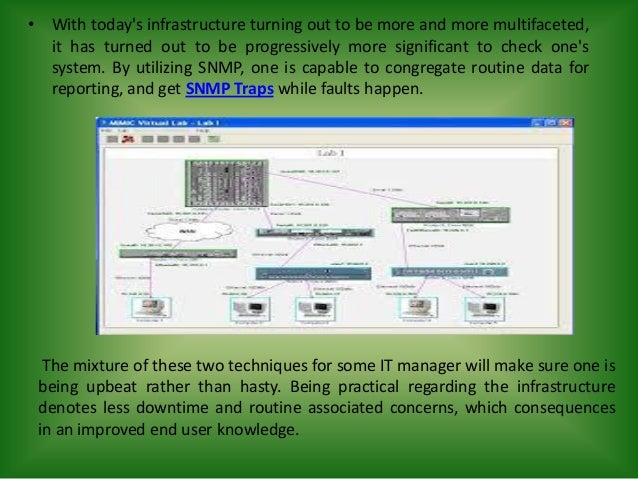

If the trap was not set as the value of any item, Zabbix by default logs the unmatched trap.If no matching item is found and there is an "snmptrap.fallback" item, the trap is set as the value of that. The trap is set as the value of all matched items. For each found item, the trap is compared to regexp in "snmptrap".Note that only the selected "IP" or "DNS" in host interface is used during the matching. For each trap Zabbix finds all "SNMP trapper" items with host interfaces matching the received trap address.Zabbix SNMP trapper reads and parses the trap file.SNMPTT or Perl trap receiver parses, formats and writes the trap to a file.snmptrapd passes the trap to SNMPTT or calls Perl trap receiver.Receiving SNMP traps in Zabbix is designed to work with snmptrapd and one of the built-in mechanisms for passing the traps to Zabbix - either a perl script or SNMPTT.

Using traps may detect some short problems that occur amidst the query interval and may be missed by the query data.

Usually traps are sent upon some condition change and the agent connects to the server on port 162 (as opposed to port 161 on the agent side that is used for queries). In this case the information is sent from a SNMP-enabled device and is collected or "trapped" by Zabbix. Receiving SNMP traps is the opposite to querying SNMP-enabled devices.


 0 kommentar(er)
0 kommentar(er)
